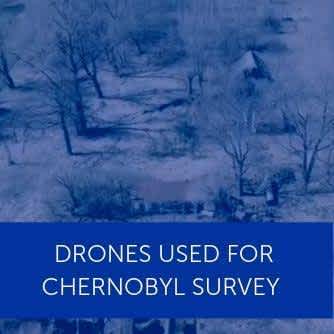
News
DJI M600 Pro helps identify new radiation hotspots at Chernobyl
Scientists used drones, including a DJI M600 Pro supplied by Heliguy, to complete the most comprehensive survey of Chernobyl's Red Forest. ... Read More
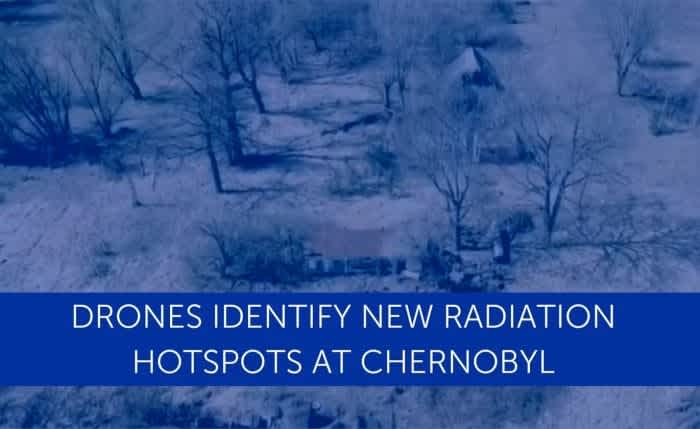
A team of researchers have used drones, including a DJI M600 Pro supplied by Heliguy, to complete the most comprehensive survey of Chernobyl's Red Forest - one of the most radioactive locations on Earth.
Flying a range of multi-rotor and fixed-wing aircraft, the scientists from the National Centre for Nuclear Robotics (NCNR) created 3D maps which not only provided up-to-date information on the sites with the greatest contamination, but also revealed previously undetected radiation hotspots.
The Red Forest is just 500 metres from the Chernobyl nuclear complex. It was hit by the immediate fallout from the 1986 explosion and fire in the plant's number-4 reactor.
"Detecting the hotpots was a good demonstration of what can be achieved with drones rather than manned aerial surveys, or ground surveys," - Dr Kieran Wood
Some areas are still strictly out of bounds to humans, so using drones allowed scientists to investigate hazardous places from a safe distance. UAVs also helped the team cover large areas quickly.
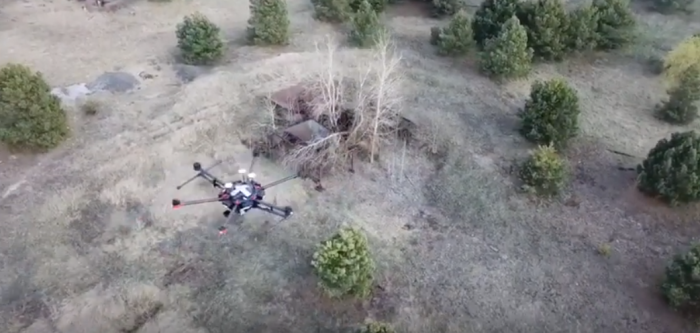
A DJI M600 Pro, supplied by Heliguy, was used for the Chernobyl assignment.
DJI Drones Used For Mapping Surveys and Heliguy Was There To Help
Several DJI drones were used for the project and the research team turned to award-winning Heliguy to purchase the M600 Pro; flown for the majority of the survey missions.
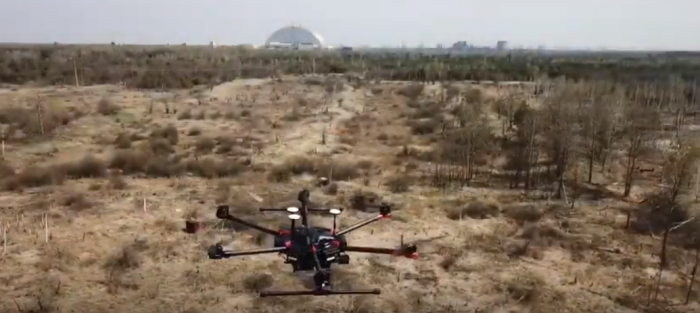
The DJI M600 Pro in action in Chernobyl. It was used for more detailed inspections in key areas.
The M600 Pro carried a scanning LiDAR pod and a radiation sensor and was flown in a grid pattern to systematically map areas of interest.
A DJI Mavic Pro and Phantom were used to recce the areas to check for tree heights and obstructions before sending the larger and much more expensive sensors in.
Heliguy supplied the M600 Pro and the company has been praised for its customer service and ability to source additional items.
Fixed-wing drones with radiation sensors were also part of the fleet.
Dr Kieran Wood, part of the Chernobyl research team from the University of Bristol, said that drones were vital for the expedition and was pleased with the support received from Heliguy.
He said: "We purchased the M600 and supporting accessories from Heliguy. Heliguy was great - providing a competitive quote, good customer service and sourcing extra items not already listed online."
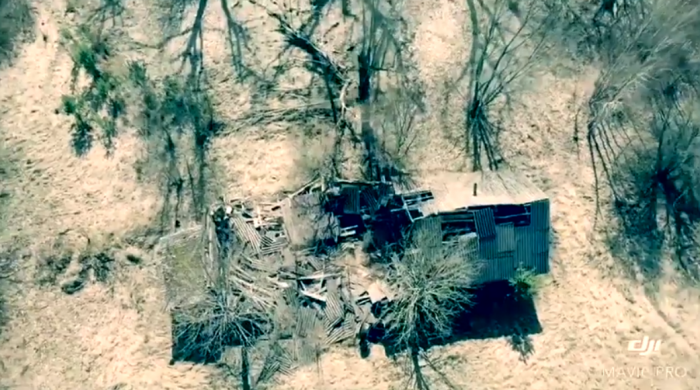
Footage from the abandoned village of Buriakivka in the Chernobyl exclusion zone. The footage was captured using a DJI Mavic Pro.
The Project In More Detail
The two-week expedition, which took place in the spring, was the first of several survey missions NCNR will undertake in Ukraine over the coming 12 months.
The team was led by Professor Tom Scott, from the University of Bristol's School of Physics and member of the NCNR.
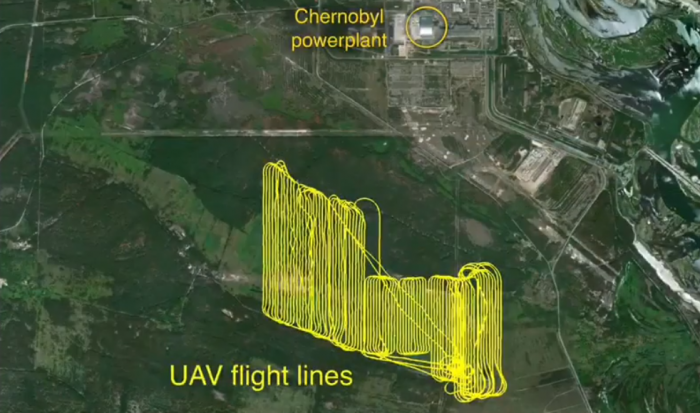
The UAV flight lines for the project.
The Chernobyl exclusion zone attracted 70,000 tourists last year, and national authorities urgently required accurate radiation maps to update safety protocols to inform future tourism activity and the planned construction of new solar energy farms.
Working alongside colleagues from Ukraine’s SSE Eco Centre - the body responsible for gathering survey and research data within the 2600 km2 Exclusion Zone around the failed reactor - the NCNR team flew 50 sorties over 10 days, spending a total of 24 hours in the air to map an area of 15 km2.
Starting at the lowest risk site first, the village of Buriakivka, located 13km from the accident epicentre, researchers moved on to the partially-demolished settlement of Kopachi before tackling the Red Forest.
"We have successfully demonstrated that the UK now has the capability to monitor radioactive sites and respond to nuclear incidents without exposing humans to risk," - Prof Tom Scott.
In a world first, fixed-wing aircraft were used to quickly map radiation over larger areas, flying at a height of 45 metres to 60 metres at a speed of c. 40 mph (65 km/h).
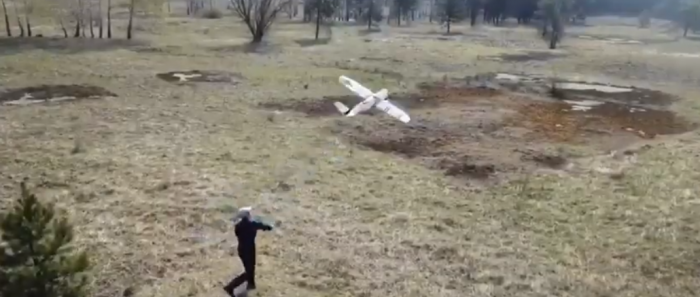
The fixed-wing aircraft was launched from a safe place.
The M600 Pro was then used for a more detailed investigation of key areas, as its grid surveys were able to provide a higher spatial resolution for the radiation distribution than the fixed-wing could. The aircraft featured a unique sensor system developed jointly by Professor Scott’s team and University of Bristol spinout Imitec Ltd.
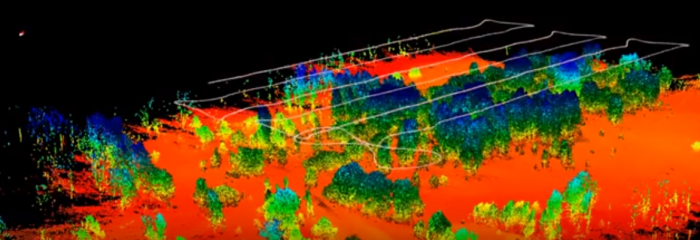
A radiation flight map from the Chernobyl surveys.
Because the UAVs were able to fly lower and slower than a manned survey aircraft ever could, and without risk to life, the NCNR team was able to create the most comprehensive radiation map yet of the Red Forest.
The DJI M600 Pro was used for the surveying, while the Mavic and Phantom aircraft helped to provide useful situational awareness of the project area.
The team's survey also pinpointed unexpected areas of major contamination in Kopachi. Registering a dose-rate of greater than 1 millisievert per hour (the maximum permissible dose not requiring an individual's classification as a Radiation Worker in the UK is 6 mSv per year), the area is believed to contain material from the original emergency cleanup activities performed over three decades ago.
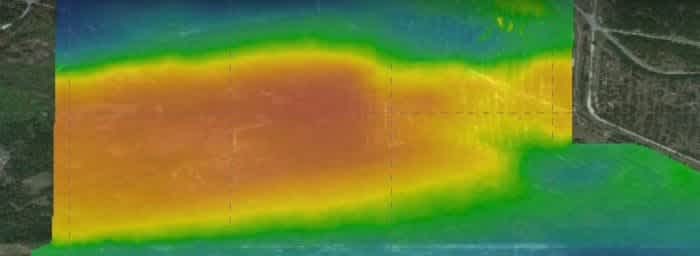
Radiation map of the Red Forrest.
Dr Wood said: "Detecting the hotpots was a good demonstration of what can be achieved with drones rather than manned aerial surveys, or ground surveys.
"The result is a proof of concept that will allow authorities to decide if they wish to perform a more extensive survey.
"The results have been passed back to the local research institute in Ukraine, and are also being processed into academic publications by PhD students at the University of Bristol."
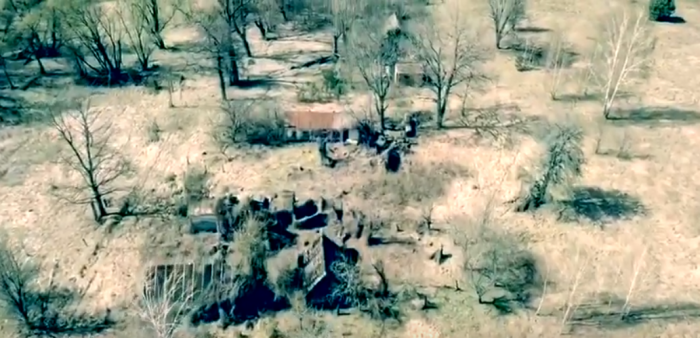
Footage from the abandoned village of Buriakivka in the Chernobyl exclusion zone. The footage was captured using a DJI Mavic Pro.
Professor Scott added: "We have successfully demonstrated that the UK now has the capability to monitor radioactive sites and respond to nuclear incidents without exposing humans to risk – a guiding aim of NCNR.
"We can fly into a contaminated area from a safe zone, perhaps 10km away from the incident site, and gather detailed information – streaming it live during the flight before returning safely to base."
While Chernobyl is a key part of the team's research, the scientists are using drones for numerous other projects, including:
Gas plume surveys of volcanoes;
Optimal path planning for drones using artificial intelligence;
Improving offshore wind-turbine inspections;
Mineral prospecting in developing countries;
Detecting and tracking tagged wild animals.
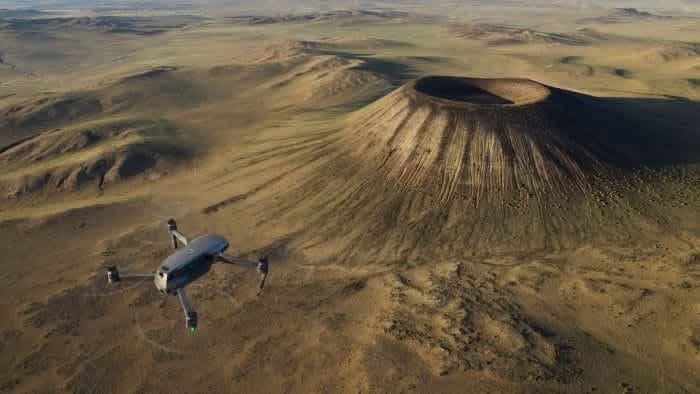
Drones can be used for a variety of applications.
Adding to this, Prof Scott said: "The same technology has applications in other sectors too.
"For example, it could be used to identify rare earths, gold or copper mineral deposits, quickly, cheaply and non-invasively.
"This could be especially useful for developing nations keen to assess the extent and value of mineral resources ahead of, say, signing away mining rights.”
A Closer Look A The M600 Pro
As mentioned previously, the DJI M600 Pro was a key tool in the Chernobyl survey work.
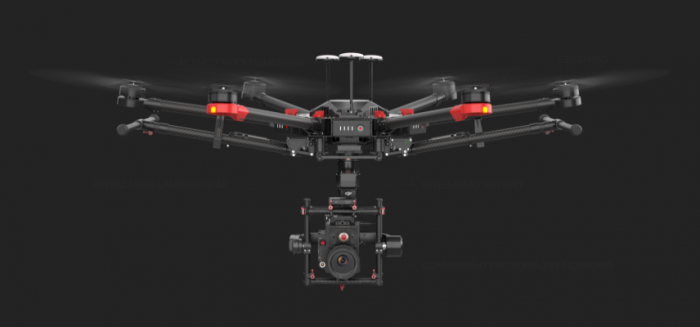
The drone is a sophisticated UAV, ideal for specialist aerial missions. Some of its key features are:
The Matrice 600 Pro (M600 Pro) inherits everything from the M600 with improved flight performance and better loading capacity;
Pre-installed arms and antennas reduce time required for setup, and the system’s modular design makes it easy to mount additional modules;The airframe is equipped with the latest DJI technologies, including the A3 Pro flight controller, Lightbridge 2 HD transmission system, Intelligent Batteries and Battery Management system;
Several Zenmuse cameras and gimbals are natively compatible and full integration with third-party software and hardware make the M600 Pro ideal for professional aerial photography and industrial applications.
To find out more about this drone, or any others, contact Heliguy by email or phone.
